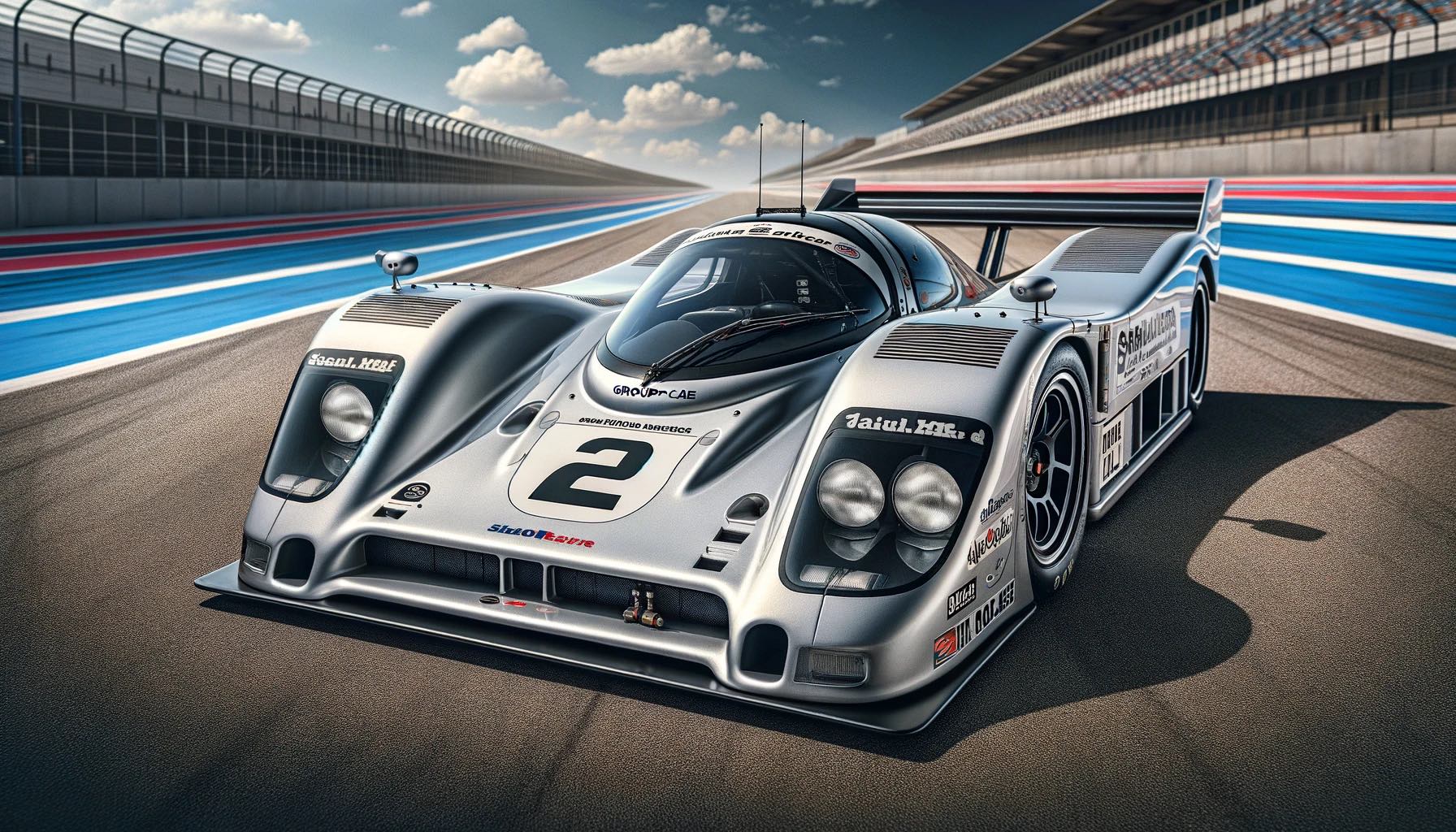
Celebrating Racing History
There comes a point in automotive history we will have to admit that the greatest race cars have ever existed are now in our rear-view-mirror. The time has come to celebrate these power monsters from decades past by embracing the nostalgia of these legends the golden era of Group C.
Through advancement in the fields of Tribology & Material Sciences over the decades, new manufacturing capabilities taking period correct designs but modernizing them for the current era. Additionally, for historic vehicles with numbers matching components, many of these new technologies can provide an extended "lease on life" by extending those original components life expectancy by 50-150%, thus allowing longer service intervals before engine rebuilds & reduced running costs without affecting collector value.
Technology Advancements (Click Category)
Advances in Metallurgy
Perhaps the biggest advancement since the Group C era of motorsports has been in the field of applied sciences. As new technological innovations in materials sciences allows for the development of metals with higher Ultimate Tensile Strength (UTS) limits, these new metal alloys have opened the door for significant increases in....
Metal Improvements
- Higher Tensile Strengths
- Less Brittle Breaking Points
- Higher Bending Forces
- Higher Total Load Capacity
Advances in Tribology
The next big leap in performance has been in the field of Tribiloty (study of friction). Super low Ra surface roughness levels through the use of "super-finishing" (often also called micro polishing) have opened up unprecedented reductions in friction. The benefits of all of these reductions are....
Tribological Improvements
- Reduce Wear at Contact Points
- Better Oiling Characteristics
- Minimized Microscopic Peaks
- Reduced Frictional Heat
- Less Need for "Break-In"
- Improved Efficiency
Durability Innovations
Through the advancements in surface hardnesses through technologies such as Plasma Ion Nitriding, significant increases in engine component longevity have been achieved. Additionally, DLC Coatings further reduction of friction also extend part life.
Enhanced Durability Benefits
- Reduced Heat from Friction
- Less Metal-to-Metal Galling
- Reduction in Component Failure
- Longer Runtime Between Rebuilds
- Improved Endurance Racing Times
- Smoother Running Operation
Horsepower Improvements
Throught eh combination of all the aforementioned advances in materials sciences the natural byproduct is more engine power being developed (and more importantly more power reaching the rear wheels). Less drivetrain & parasitic losses has drastically improved power outputs even as displacements & cylinder counts have dropped
Power Efficiency
- Higher Break Mean Effective Pressure (BMEP)
- Lower Break Specific Fuel Consumption (BSFC)
- Better Fuel Economy
- Improved Emissions
Reducing the Silent Killer
Nothing destroys long term reliability more than Heat. It is truly the silent killer of all components. The controlling of thermal heat to retain it inside key combustion & exhaust zones, while insulating against heat in the engine bay (especially from intake) is absolutely critical. By keeping heat where it belongs other under hood engine bay components will enjoy a longer life as an added byproduct of thermal management.
Added benefits...
- Better Fuel Mileage
- Cleaner Burning Emissions
- More heat converted into "work"
- Higher Exhaust Gas Temps (EGT)
- Extended Engine Life